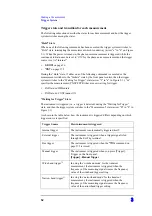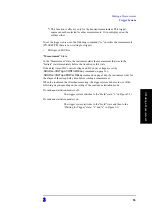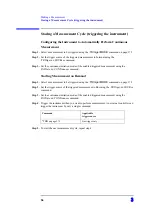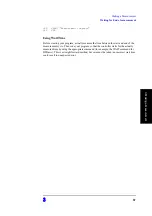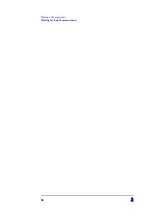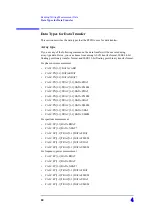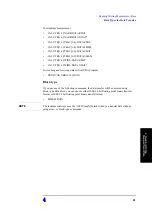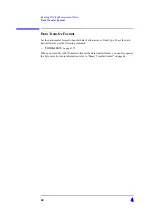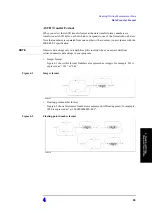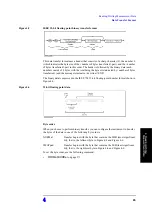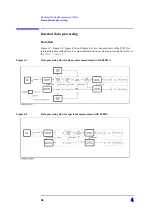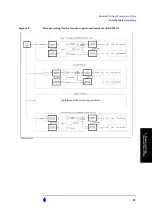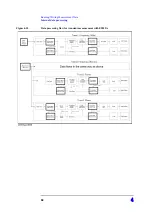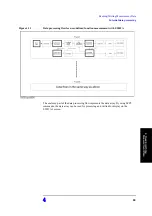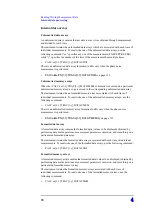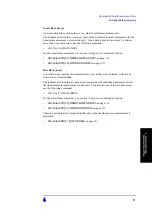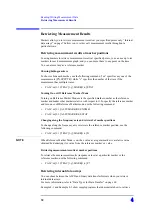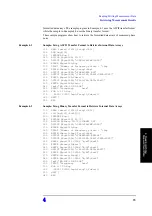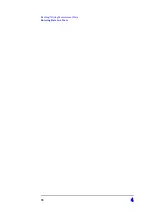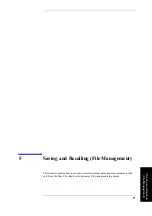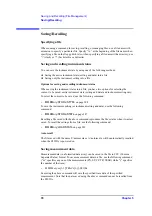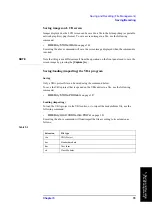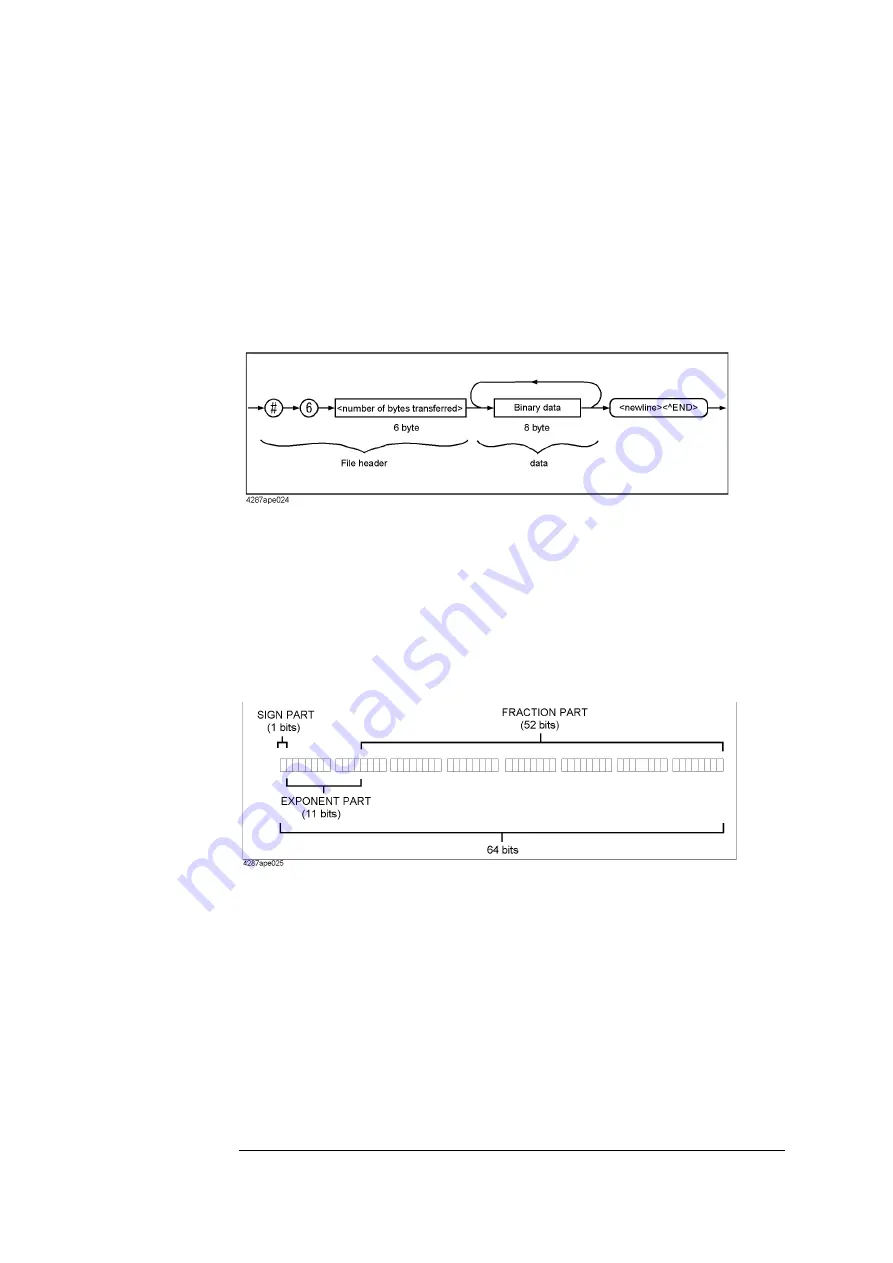
64
4
Reading/Writing Measurement Data
Data Transfer Format
Binary Transfer Format
You can select the binary transfer format from the IEEE 64-bit floating point format or the
IEEE 32-bit floating point format depending on the controller you use.
IEEE 64-bit floating point format
When you select the IEEE 64-bit floating point binary transfer format as the data transfer
format, numbers are transferred in the format shown in Figure 4-3.
Figure 4-3
IEEE 64-bit floating point binary transfer format
This data transfer format uses a header that consists of a sharp character (#), the number 6
(which indicates the byte size of the <number of bytes transferred> part), and the <number
of bytes transferred> part in this order. The header is followed by the binary data (each
number consists of 8 bytes, with the total being the byte size indicated by <number of bytes
transferred>) and the message terminator <new line>^END.
The binary data is expressed in the IEEE 754 64-bit floating-point number format shown in
Figure 4-4.
Figure 4-4
64-bit floating point data
IEEE 32-bit floating point format
When you select the IEEE 32-bit floating point binary transfer format as the data transfer
format, numbers are transferred in the format shown in Figure 4-5.
Summary of Contents for E5052A
Page 4: ...4 ...
Page 28: ...28 1 Making Effective Use of This Manual How to Use This Manual ...
Page 51: ...3 51 Making a Measurement Trigger System 3 Making a Measurement Figure 3 1 Trigger system ...
Page 58: ...58 3 Making a Measurement Waiting for End of measurement ...
Page 76: ...76 4 Reading Writing Measurement Data Entering Data in a Trace ...
Page 82: ...82 Chapter5 Saving and Recalling File Management Managing Files ...



